Cinder Cone Volcanoes
A cinder cone volcano is a steep-sided, conical volcano built by the accumulation of cinder, ash, and lava bombs. These volcanoes are typically smaller in size compared to stratovolcanoes and shield volcanoes.
Formation of Cinder Cone Volcanoes
Cinder cone volcanoes are formed from explosive eruptions. These eruptions occur when molten rock (magma) encounters groundwater or surface water. The water turns to steam and expands rapidly, shattering the magma into fragments that are ejected into the air. These fragmented materials, known as tephra, accumulate around the vent to form the cinder cone.
Characteristics of Cinder Cone Volcanoes
- Steep-sided and conical shape
- Relatively small in size
- Composed of loose, fragmented material such as cinder, ash, and lava bombs
- Often located near other types of volcanoes, such as stratovolcanoes and shield volcanoes
Examples of Cinder Cone Volcanoes
Some well-known cinder cone volcanoes include Paricutin in Mexico, Sunset Crater in Arizona, and Capulin Volcano in New Mexico.
Study Tips
When studying cinder cone volcanoes, it's important to understand the processes that lead to their formation, their distinct characteristics, and examples of real-world cinder cone volcanoes. Make sure to review diagrams and illustrations that depict the structure of cinder cone volcanoes to reinforce your understanding.
[Cinder Cone Volcanoes] Related Worksheets and Study Guides:
.◂Science Worksheets and Study Guides Eighth Grade. Plate tectonics
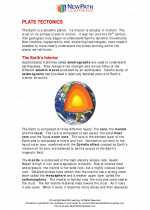
 Activity Lesson
Activity Lesson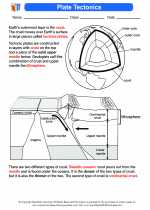
 Worksheet/Answer key
Worksheet/Answer key
 Worksheet/Answer key
Worksheet/Answer key
 Worksheet/Answer key
Worksheet/Answer key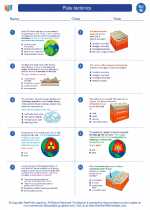
 Worksheet/Answer key
Worksheet/Answer key
 Vocabulary/Answer key
Vocabulary/Answer key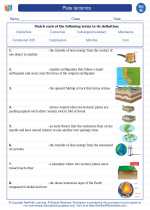
 Vocabulary/Answer key
Vocabulary/Answer key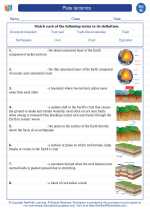
 Vocabulary/Answer key
Vocabulary/Answer key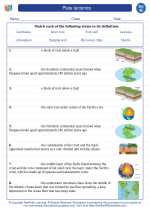
 Vocabulary/Answer key
Vocabulary/Answer key
 Vocabulary/Answer key
Vocabulary/Answer key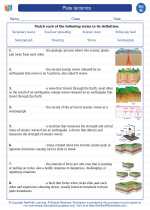
 Vocabulary/Answer key
Vocabulary/Answer key
 Vocabulary/Answer key
Vocabulary/Answer key
